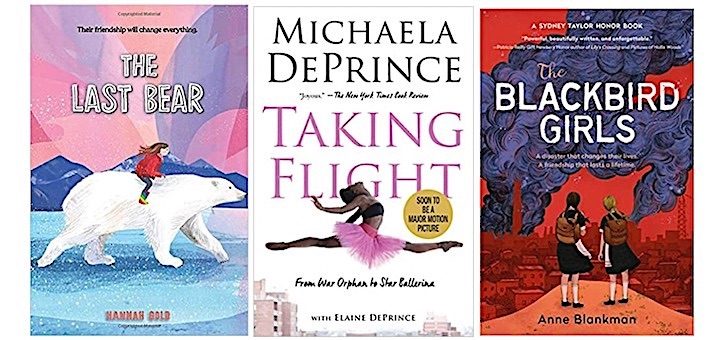Sleigh Bells Ring…Is Anyone Listening?
A librarian introduces Mary Tarashuk’s 4th graders to The Christmas Menorahs: How a Town Fought Hate. Mary builds on the true story, taking its cross cultural message to social studies and ELA, and applies its story of rededication to her own teaching.


















